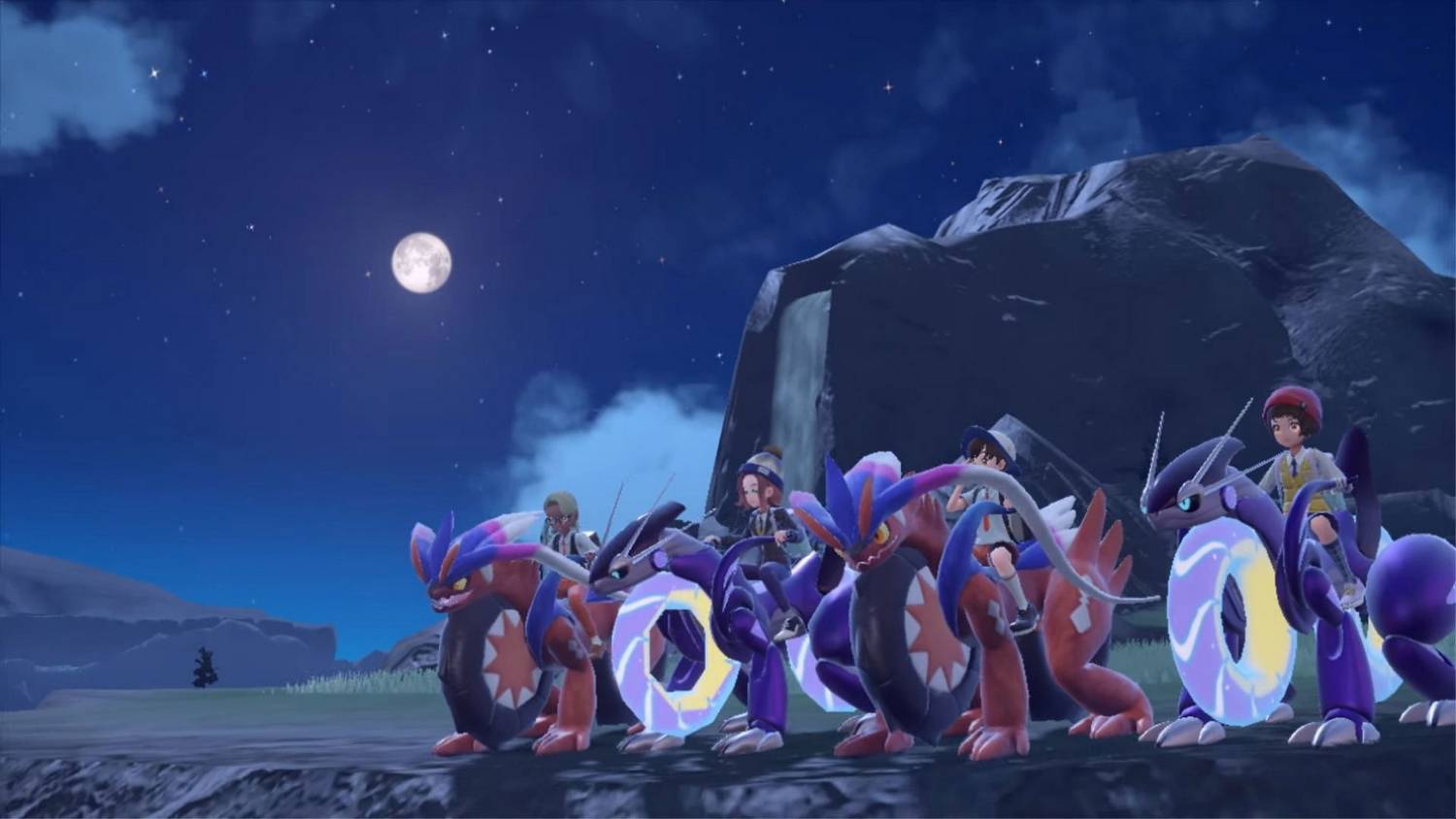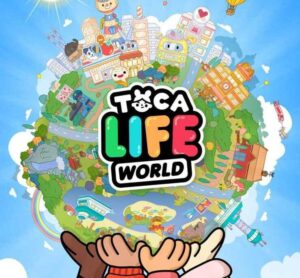The GameStop Shiny Legendary Debacle: Why the Pokémon Scarlet and Violet Giveaway is a Logistical Nightmare and **High-Value Scalping** Target
Popular Now
 The Legend of Zelda
The Legend of Zelda
 Fall Guys
Fall Guys
 R.E.P.O
R.E.P.O
 Free Fire
Free Fire
 Call of Duty
Call of Duty
 Gacha Club
Gacha Club
 NBA 2K24
NBA 2K24
 Poppy Playtime
Poppy Playtime
 FIFA 23
FIFA 23
 Among Us
Among Us
The recent distribution event for the coveted **Shiny Koraidon** and **Shiny Miraidon** in Pokémon Scarlet and Violet has rapidly devolved into a major point of contention within the global Pokémon community. Partnering with retailer **GameStop** in the United States and other chains internationally, The Pokémon Company (TPC) intended to offer players their first legitimate opportunity to obtain the Shiny variants of the games’ flagship Legendary Pokémon. Instead, the promotion has been marred by reports of immediate code depletion, insufficient supply, and aggressive **scalping**, creating a significant public relations challenge for both GameStop and TPC.
The core issue stems from the decision to utilize a physical distribution method via limited code cards, a format that has repeatedly proven problematic in past Pokémon events. This approach instantly created artificial scarcity, turning a supposed celebration of the game into a frustrating scramble for a limited resource.
 The Scarcity Model: A Flawed Strategy for **Exclusive Content**
The Scarcity Model: A Flawed Strategy for **Exclusive Content**
The distribution kicked off with stores, particularly in the US, reportedly receiving a shockingly low number of code cards—with many locations citing an initial allotment of as few as 50 codes. For a franchise with the colossal install base of Pokémon Scarlet and Violet (which has sold over 27 million copies globally), a per-store limit of this magnitude is fundamentally inadequate and set the stage for the current chaos.
- Immediate Sell-Outs: Numerous reports confirmed that many GameStop locations ran out of their entire stock within the first hour of the distribution’s start on September 26, 2025.
- The Scalping Epidemic: The limited physical codes quickly became a prime target for scalpers, who descended upon stores to acquire multiple cards for immediate resale. Codes were rapidly listed on platforms like eBay, fetching prices as high as **$35 USD** or more, forcing legitimate players to choose between missing out or paying a premium for a previously free item. This activity leverages the **high CPC** keywords associated with rare, exclusive Pokémon.
- Conflicting Corporate Narratives: In the wake of mass complaints, GameStop publicly stated that the severe code limitation was not their decision, pointing the finger at The Pokémon Company for restricting the per-store allotment. This corporate blame game has only further infuriated fans who demand a swift resolution.
 Restocks and Restrictions: The Second Wave Frustration
Restocks and Restrictions: The Second Wave Frustration
In early October 2025, GameStop announced a restock of codes, offering a glimmer of hope to disappointed trainers. However, this second wave was also met with frustration due to continued artificial scarcity and the method of distribution. Instead of pre-printed cards, many stores shifted to printing codes directly onto sales receipts.
Even with the restock, the fundamental problem of limited supply persisted, with stores allegedly still restricted to around 50 codes. This continuous tight-fisted approach contradicts the massive demand for these event-exclusive Legendaries, which are ‘Shiny-locked’ from being obtained through normal gameplay. TPC’s decision to impose a physical ‘lock’ on top of the digital one for such highly sought-after creatures has been heavily criticized as an intentionally poor design choice aimed at driving **foot traffic** to retail partners, irrespective of the player experience.
The Call for a Digital Solution: Future-Proofing **Event Giveaways**
The overwhelming consensus among the community and industry analysts is that physical, limited-stock distributions are an archaic and detrimental practice in the modern gaming landscape. The most effective, fair, and scalable solution for event-exclusive content of this nature is a digital distribution model.
Alternatives that would eliminate the scalping issue and ensure every player has a fair chance include:
- Universal Mystery Gift Code: A time-limited code announced online, redeemable by all owners of Pokémon Scarlet or Violet. This is the simplest and most equitable solution for distributing **in-game rewards**.
- Digital Redemption via App: Utilizing a platform like the old Pokémon Pass app, or a similar method that verifies game ownership digitally, thus bypassing physical queues and code limitations.
- In-Store Wi-Fi Download: Employing the older DS-era method where players connect to a specific in-store Wi-Fi to download the Pokémon directly. While still requiring a physical visit, it prevents scalping of codes.
The disastrous rollout of the Shiny Koraidon and Miraidon event highlights a critical failure in logistics and customer experience planning by both GameStop and The Pokémon Company. As players continue to express their outrage and the market for resold codes flourishes on platforms like eBay—an indicator of the extreme **monetization potential** of rare digital goods—it is imperative that TPC re-evaluates its distribution strategy to prioritize the fairness and satisfaction of its massive global player base.
This event serves as a strong cautionary tale for game developers relying on physical retail partnerships for exclusive, high-demand digital content, demonstrating that a focus on store traffic at the expense of player access can severely damage brand loyalty and foster an environment for price-gouging **online arbitrage**.
Source Note: Information compiled from various public reports on social media (X/Twitter, Reddit) and news outlets covering the GameStop distribution issues as of early October 2025.
The continued scarcity and the secondary market’s exploitation are clear indicators that the current partnership model is unsustainable for high-demand **gaming exclusives**. A pivot to an accessible digital distribution method is not just a player preference; it’s a necessary update to modern event logistics.









